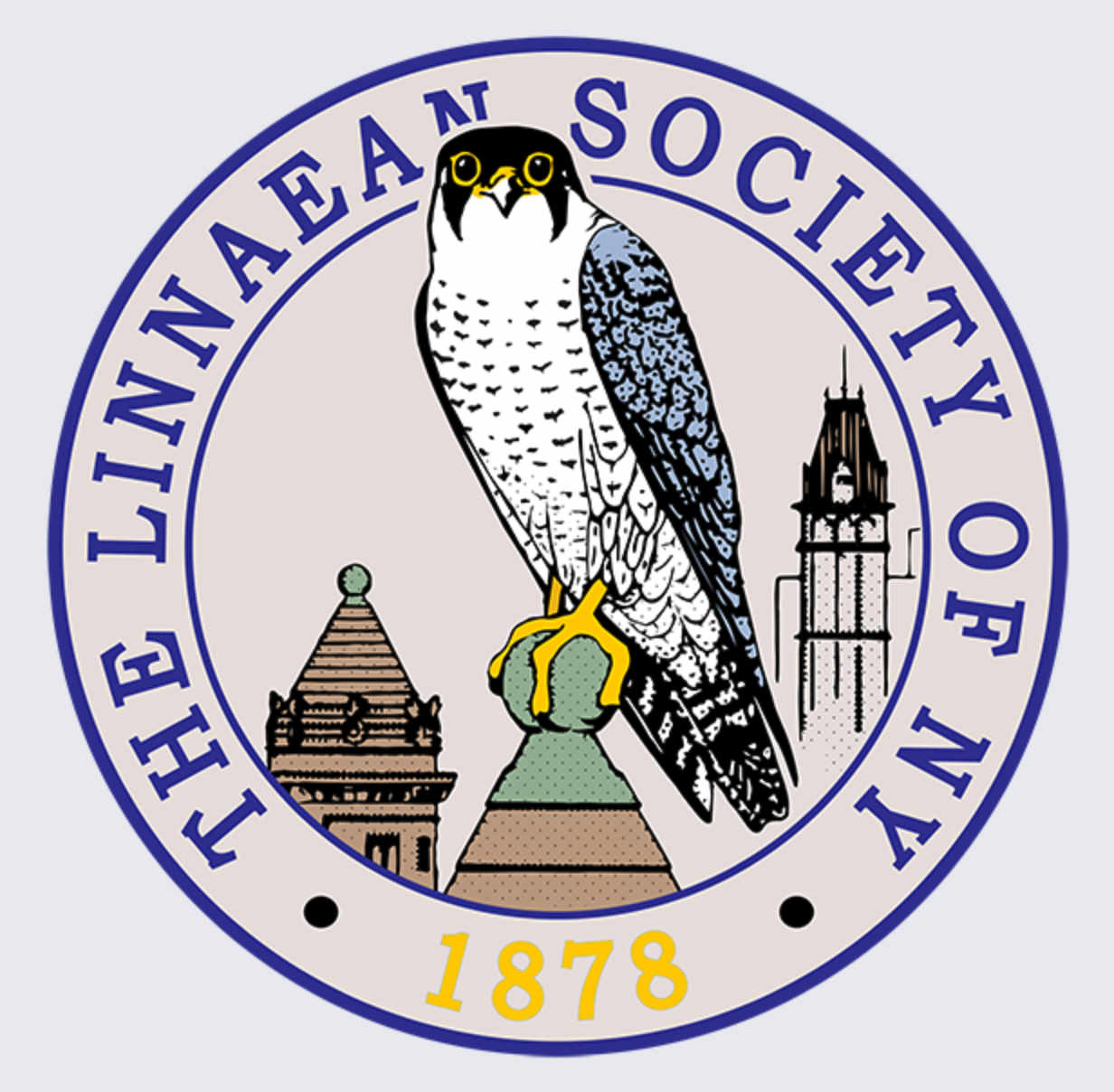 Big cities—maybe surprisingly—are good places to live if you are interested in natural history. While country folk have nature on their doorstep, city folk have to work a little harder to find woodland and wildlife. The advantage to city life, though, is that there are lots of like-minded people nearby and the resources for nature study and discussion can be amazing—museums, aquaria, naturalist clubs, universities. The Linnaean Society of New York, for example, has brought together naturalists from all walks of life since 1878 to meet regularly at the American Museum of Natural History and to hear lectures from world-class naturalists and biologists. And just across the road from the museum lies Central Park, not a bad place for birding.
Big cities—maybe surprisingly—are good places to live if you are interested in natural history. While country folk have nature on their doorstep, city folk have to work a little harder to find woodland and wildlife. The advantage to city life, though, is that there are lots of like-minded people nearby and the resources for nature study and discussion can be amazing—museums, aquaria, naturalist clubs, universities. The Linnaean Society of New York, for example, has brought together naturalists from all walks of life since 1878 to meet regularly at the American Museum of Natural History and to hear lectures from world-class naturalists and biologists. And just across the road from the museum lies Central Park, not a bad place for birding.
When I was 11 years old, my parents sent me off each Saturday morning to the Royal Ontario Museum (ROM), a few blocks from our home in downtown Toronto, to meet with 250 other children and young teens in the Toronto Juniour Field Naturalists’ Club TJFN. This was a magical experience for me, getting to hang out for 3 hours every week with like-minded people, hearing talks and watching natural history films, getting to explore behind the scenes in a great museum, and regularly going on field trips to nearby parks and conservation areas inside or very near the burgeoning city.
The TJFN was organized into about dozen special interest groups—mammals, birds, insects, and the like—that we broke into after the initial presentation to share our experiences and learn from the group leader. I first joined the mammal group, led by a young man named Bob, a local school teacher who had just returned from a 14-month-long expedition from Africa to Australia by Land Rover with one of his friends. That expedition was what our dreams were made of, and my three naturalist buddies and I spent many an evening planning to make a similar trek one day by Land Rover from Pont Barrow to Tierra del Fuego. Bob taught art at a local high school and gave us budding wildlife artists some great feedback on our feeble attempts to draw the local animals and plants. Years later he developed into one of the world’s best and best-known wildlife artists—Robert Bateman.
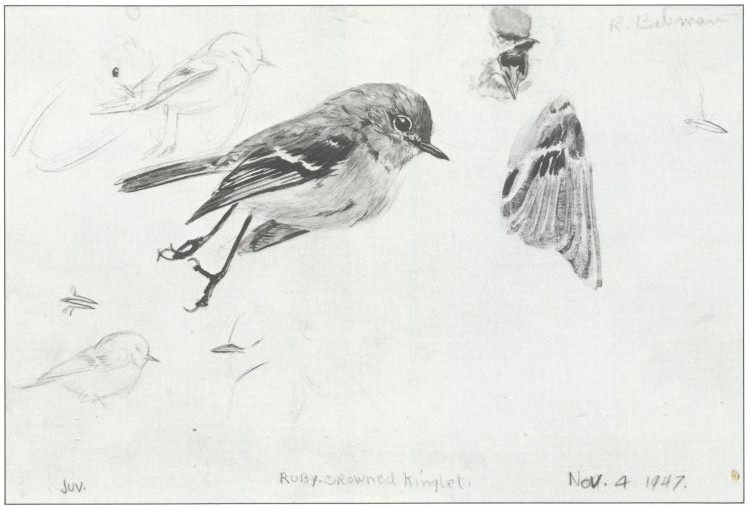
Bob was certainly the first real artist that I had ever met, but those TJFN meetings eventually brought me into contact with the ROM’s excellent artists and illustrators—Terry Shortt (birds), Paul Geraghty [1] (mammals, birds and dinosaurs), Peter Buerschaper (fishes) and Anker Odum (insects). It was only years later that I came to appreciate what a privilege it had been to know such outstanding wildlife artists.
In the late 1960s when I was working at the ROM for a year, I also got to meet a slew of young wildlife artists who brought their work into the bird department both to get some feedback on their latest work and to borrow skins to help them with details of plumage and bare parts. Names like J. Fenwick Lansdowne, Glen Loates, Barry Kent Mackay, and George MacLean might be familiar to some readers of this blog.
Once, on a long drive from Toronto to Thunder Bay, Paul Geraghty and I had a lively discussion about the nature of bird ‘art’ and bird ‘illustration’. I naively considered any drawing or painting of a bird to be ‘art’ but Paul, quite rightly I think, made a distinction between the two. To him, birds drawn or painted to highlight the bird’s features for the purpose of identification or to enhance some text were illustration, and birds drawn or painted in such a way that the work evoked a more emotional response were art.
For years after that trip, we often debated about paintings of wildlife. When I told Paul about some new painter I had discovered, he would often say, “but is it art?” I think we agreed that there was no point to trying to make a clear distinction along what was clearly a continuum, but the ends of that spectrum were quite clear to us—Bruno Liljefors’s painting of a Golden Eagle was art, but Roger Tory Peterson’s painting of that species in his field guide was illustration.
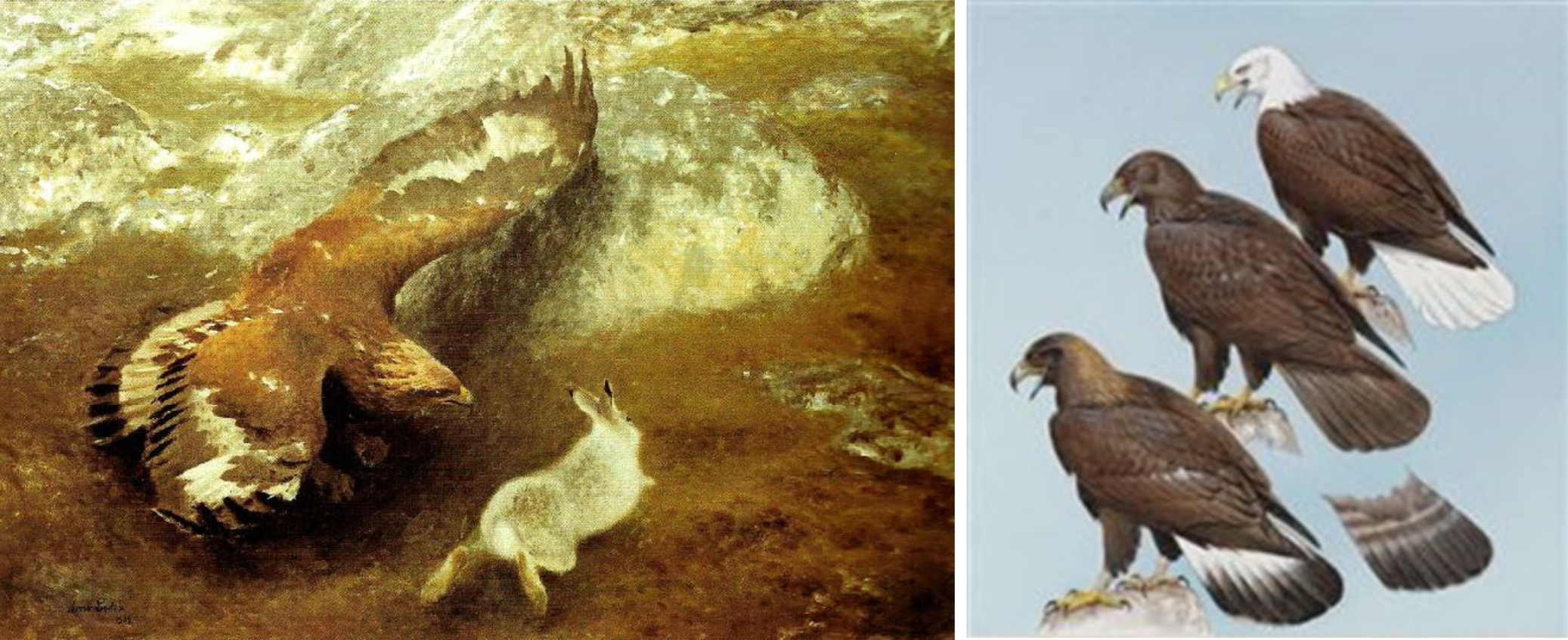
I think it’s fair to say that Audubon was among the first [2] to blur the distinction between art and illustration. Before Audubon, birds were (usually) painted [3] as part of a scene, portrait, or still life (art), or in bird books to show the salient features of a species (illustration). Most of Audubon’s portraits in his Birds of America served both purposes, often being very ‘artistic’ in composition, depicting birds in habitats, often flying, preying, defending or courting. My favourite Audubon (below) certainly blurs the lines for me, combining flight, attempted predation, and accuracy useful enough for identification.
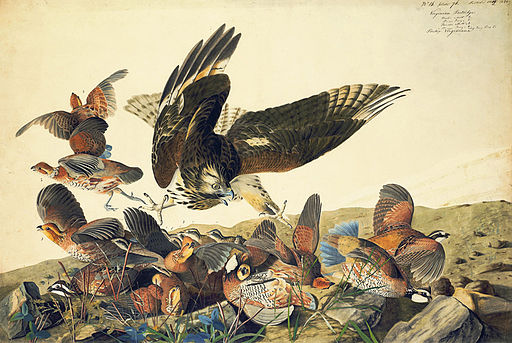
Before Audubon, most bird illustration looked wooden [4], showed little or no action or habitat, and lacked the sort of ‘jizz’ that makes a painted bird look real. Bird art, of course, goes back far into prehistory with ancient depictions of loon-like birds found in archaeological digs, and myriad birds in Japanese, Chinese and other works prepared before the start of the Christian Era. Some of these early bird drawings and paintings may have been used for ‘identification’ but my guess is that they were mostly symbolic or ornamental.
Unequivocal bird illustration may have begun with Frederick II in his manuscript De Arte Venandi cum Avibus where birds were drawn in colour in the margins to enhance the accompanying text. Frederick did not identify his birds explicitly but, in his 1983 paper, William Yapp made a good stab at figuring our which species were being illustrated. The bird drawings in Frederick’s manuscript represent at least 60 species and are remarkably identifiable today. OK, I said ‘unequivocal’, but you could argue that they are really art because of their composition, and the depiction of habitats and behaviours, much as Audubon did 600 years later.
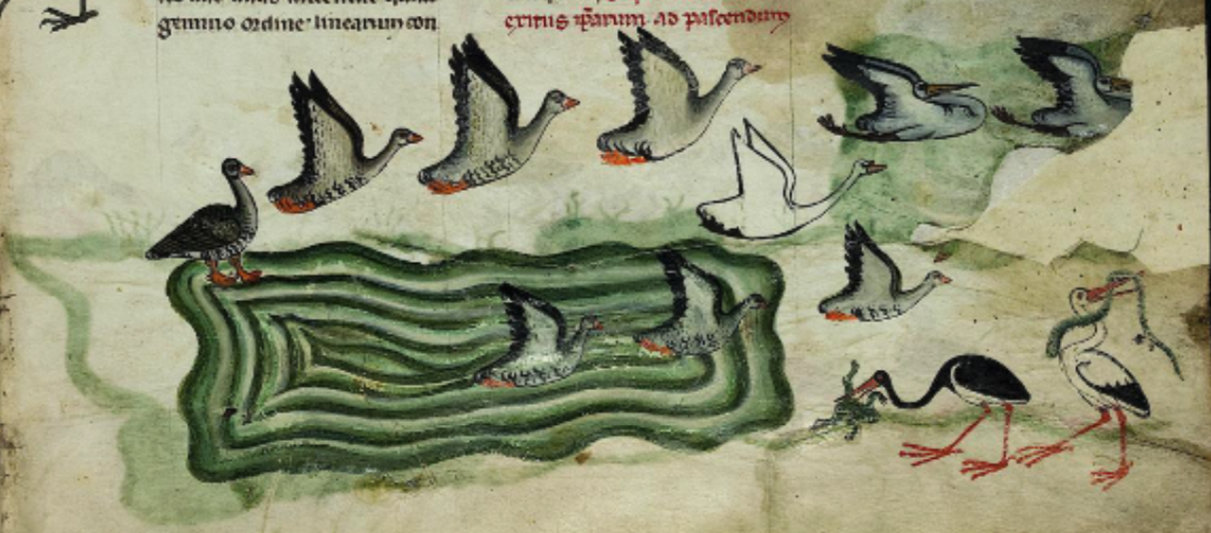
Willughby and Ray’s Ornithology may have been the first serious attempt to accurately depict birds in a book [5], showing their ‘characteristic marks’ for identification. Ray, however, was not pleased with result and the illustrations do look very wooden by today’s standards. For the next 150 years or so bird illustrations in books became progressively more life-like in part due to improvement in printing methods—certainly birds in ‘art’ were remarkably accurate more than 2000 years ago.
Possibly due to Audubon’s influence and success, bird illustrations in books became much more ‘artistic’ in the 19th century with people like George Lodge, Archibald Thorburn, John Gould and many others putting more life, action and habitat into their work for bird books. While there were dozens of great bird artists in the century after Audubon, it seems to me that wildlife art became a ‘thing’ only in the 1970s, possibly fuelled by the critical and commercial success of Robert Bateman.
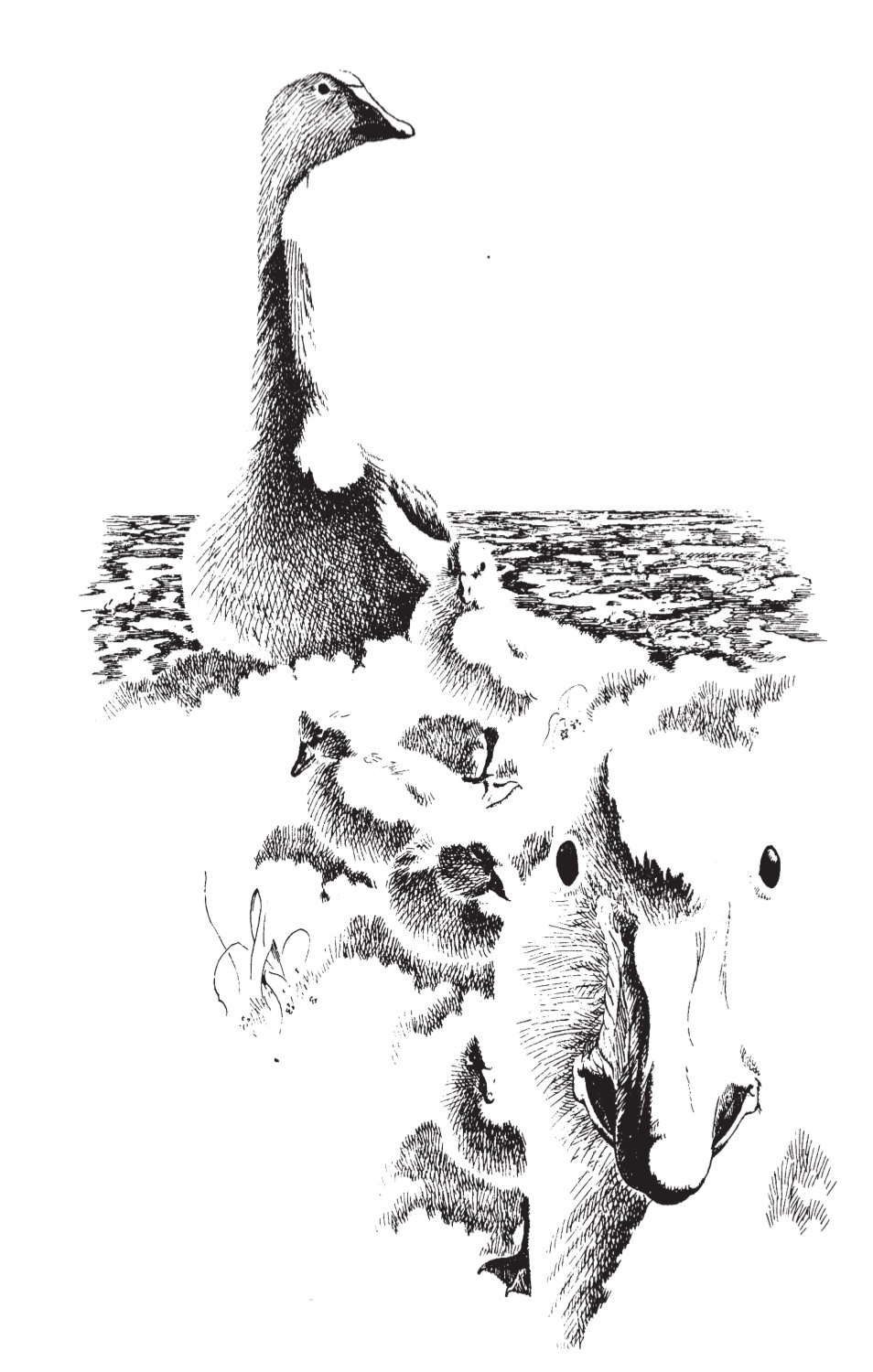
We ornithologists are very lucky to have attracted such a wealth of talent to our discipline, adorning our books (and homes) with great images of our favourite animals. When Tim Birkhead, Jo Wimpenny and I were putting together our Ten Thousand Birds book on the recent history of ornithology, we decided to start each chapter with an example of superb bird art or illustration produced since Darwin. We were able to include the work of 12 great artisans but we were both delighted and perplexed by the wealth of available material. In the end, we had to make some rather arbitrary choices of whose work to include.
As one example of the current wealth of bird art, you need only attend the annual Birds in Art exhibiton at the Leigh Yawkey Woodson Art Museum, in Wasau, Wisconsin. This year, that exhibition will run from 8 September until 25 November and feature the work of more than 60 outstanding bird artists, including a few names that I recognize, like Tony Angell, Robert Bateman, Guy Coheleach, and Maynard Reece. There are dozens of such exhibitions every year in both North America and Europe, attesting to the popularity of this wildlife art. Art or illustration?…whatever you want to call it, the work is fabulous.
SOURCES
-
Audubon JJ (1827-1838) The Birds of America. Edinburgh & London: J. J. Audubon.
- Birkhead TR, Wimpenny J, Montgomerie R (2014) Ten Thousand Birds: Ornithology since Darwin. Princeton, NJ: Princeton University Press.
- Frederick II (~1245) De arte venandi cum avibus. Vatican City, Biblioteca Apostolica Vaticana, codex Ms. Pal. Lat. 1071.
-
Johnsgard PA (1974) Song of the North Wind: a story of the snow goose. U of Nebraska Press.
-
Ray J (1678) The Ornithology of Francis Willughby. London: John Martyn.
-
Yapp WB (1983) The illustrations of birds in the Vatican manuscript of De arte venandi cum avibus of Frederick II. Annals of science 40:597–634.
Footnotes
- Paul Geraghty: not to be confused with the British author and illustrator of children’s books, often about dinosaurs and other animals. The Paul Geraghty I am referring to now lives in Saskatchewan and some examples of his early work can be seen in Johnsgard (1974). I have reproduced one of those drawings at the bottom of this essay. The cover of Johnsgard’s book says ‘Illustrations by Paul Geraghty’ but even by Paul’s own restrictive definition I would certainly call this ‘art’.
- Audubon among the first: I am being especially cautious here, and throughout this essay, because (i) I am no expert, and (ii) people are passionate about their favourite bird artists/illustrators and there is bound to be lots of disagreement. I do not see much point in playing the ‘who’s the first/who’s the best’ game, but I do think that the diversity of opinions is both interesting and productive. Feel free to weigh in on this topic in the comments.
- painted and drawn: I do recognize that these are not the only visual art forms but those are the ones I am dealing with in this essay. I will discuss sculptures, movies, and music some other time.
- bird illustrations looked wooden: it is pretty clear that the quality of bird illustration lagged behind that of plants, for example, because birds could not be accurately drawn from life. Bfore the ready availability of binoculars, telescopes and phoitography, birds could not usually be approached and opbserved very closely. As a result, most illustrators worked from dead birds, including Audubon. Audubon, however, often mounted his bird carcasses using wires etc into more or less lifelike poses as models for his work.
- Willughy and Ray illustrations: several previous authors (Aldrovandi, Belon, etc) had included bird illustrations in their books but Ray and Willughby made an explicit attempt to be accurate and to include some features useful in identification.